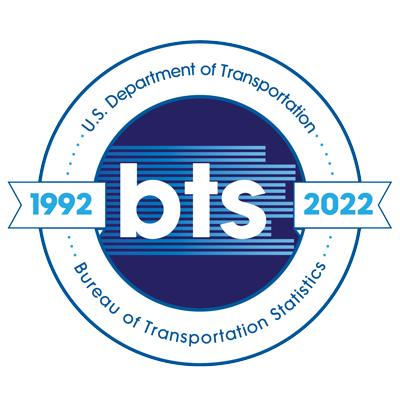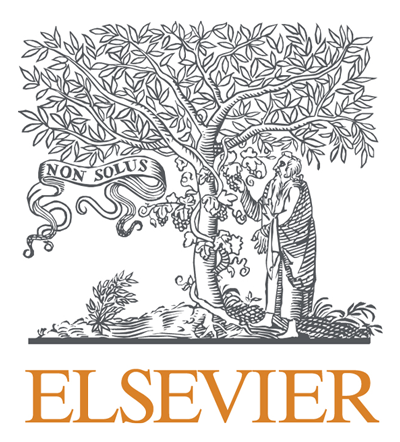Symposium on Human Dynamics Research: Emerging Disaster Vulnerability, Risk, and Resilience Modeling 1
The session recording will be archived on the site until June 25th, 2023
This session was streamed but not recorded
Date: 3/25/2023
Time: 2:40 PM - 4:00 PM
Room: Centennial Ballroom C, Hyatt Regency, Third Floor
Type: Paper,
Theme: Toward More Just Geographies
Curated Track:
Sponsor Group(s):
Geographic Information Science and Systems Specialty Group, Hazards - Risks - and Disasters Specialty Group
Organizer(s):
Lei Zou Department of Geography, Texas A&M University
Debayan Mandal Department of Geography, Texas A&M University
Joynal Abedin Department of Geography, Texas A&M University
Xinyue Ye Department of Landscape Architecture and Urban Planning, Texas A&M University
Chair(s):
Debayan Mandal Department of Geography, Texas A&M University
Joynal Abedin Department of Geography, Texas A&M University
Description:
Disaster Resilience encompasses the myriad ways a community system responds to external stressors of disasters. Globally, disaster vulnerability, risk, and resilience research have received immense consideration in multiple disciplines of sustainable development, climate change and adaptation, and disaster risk management. With the ultimate goal of building communities with low disaster risk and vulnerability, the research focus has evolved from ‘strong and static’ to ‘flexible and resilient.’ This multitude of frameworks came in the face of rapid climate change, globalization, risk prediction, and warning systems.
Recently, contemporary digital technological development has facilitated the creation and collection of large, diverse geospatial data from satellite images, social media, street view images, smartphone applications, surveillance vehicles, and crowdsourcing tools. The emergence of geospatial big data, along with the advancement of machine learning and geospatial techniques, e.g., geospatial artificial intelligence (GeoAI) and digital twins, have brought novel opportunities to observe real-time disaster cycles, impacts, and responses at an unprecedented scale. In current trends, academia, government organizations, and the public have shown a preference to leverage the GIScience advances, e.g., machine learning, digital twins, AI, big data, etc., to model disaster vulnerability, risk, and resilience and formulate effective mitigation strategies.
Presentations (if applicable) and Session Agenda:
Forest Cook, Utah State University |
Mapping Household Disaster Preparedness: Presenting a New Geospatial Dataset across States, Counties, and Zip-Codes in the U.S. and Puerto Rico |
Mingzheng Yang, Texas A&M |
Simulating coastal land losses and gains using neighborhood effect optimized convolutional neural networks (NeoCNN) and cellular automata |
Asmita Bhattarai, University of Utah |
Perceived Recovery Trajectories in Post-Earthquake Nepal–A Visual Exploration With Self Organizing Maps |
Zachary Christman, Rowan University |
Who’s afraid of the big bad smell? Evaluating environmental odor as a long-term disaster |
Alex Arila |
Evaluating Health Risks Imapcts associated with Heatwaves in Urban Heat Islands |
Non-Presenting Participants
| Role | Participant |
|
| |
| |
| |
| |
| |
| |
| |
| |
| |
Symposium on Human Dynamics Research: Emerging Disaster Vulnerability, Risk, and Resilience Modeling 1
Description
Type: Paper,
Date: 3/25/2023
Time: 2:40 PM - 4:00 PM
Room: Centennial Ballroom C, Hyatt Regency, Third Floor
Contact the Primary Organizer
Lei Zou Department of Geography, Texas A&M University
lzou@tamu.edu








